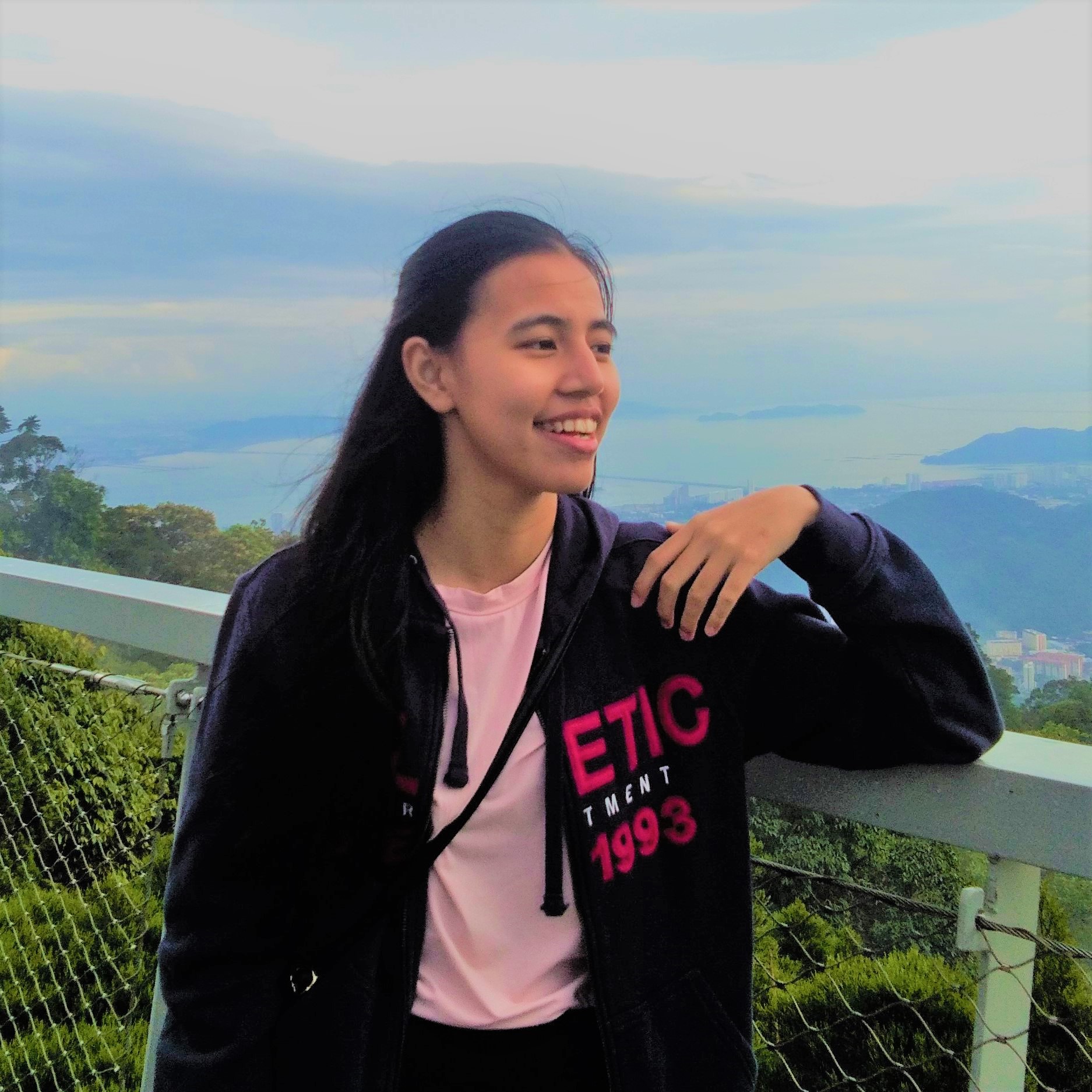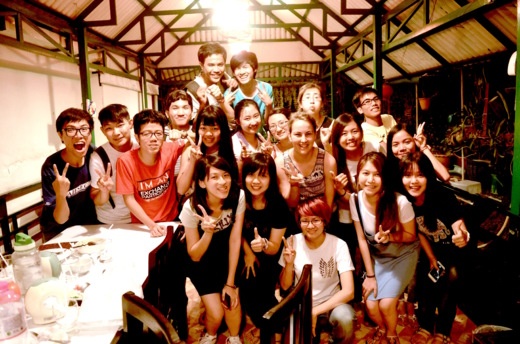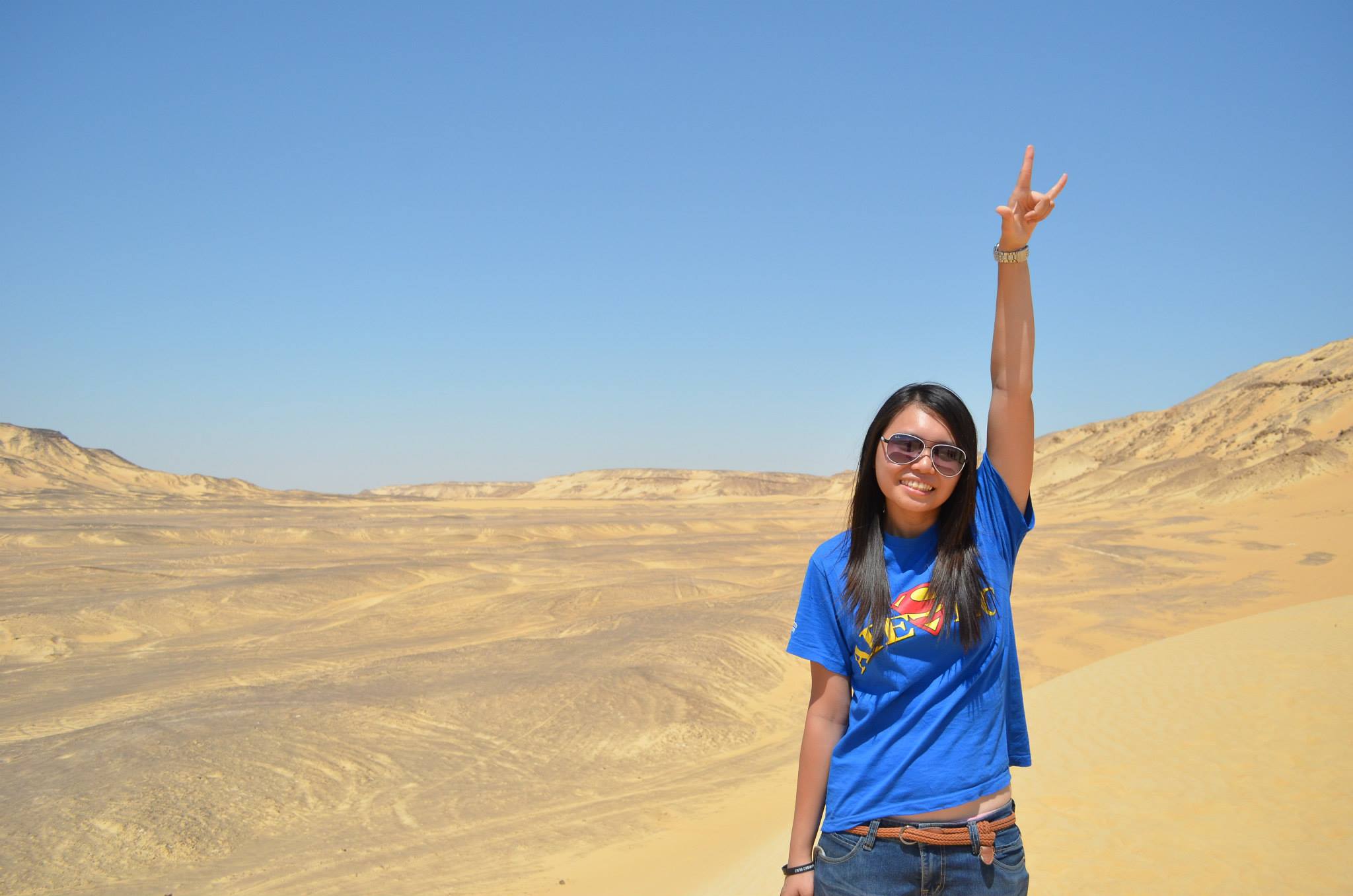“Give a man a fish, and he’ll eat for a day. Teach a man to fish, and he’ll eat for a lifetime.” – Lao Tzu.
Coaching is defined as the act of training someone to achieve a goal. It is a powerful tool for your team and organisation to improve productivity and performance, increase employee engagement in facilitating communication, and demonstrate organisational commitment to HR development. However, the key in coaching your employee effectively is to empower them.

Youth seeks empowering team leaders for their learning and career growth opportunities. They value personal goal direction to map their long term career path in your organisation. Hence, coaching can help you identify and develop potential young talent within your team.
Here are 4 tips to kick start your successful coaching intervention for your organisation.
1. Ask the right question
Socratic questioning is a method of asking a series of focused, open-ended questions that encourage reflection. Amanda, Country Manager of Global Volunteer, AIESEC in Malaysia 2019/2020, said that these critical questions made her members probe deeper thoughts to understand the underlying problems. She, as a leader, can then treat the root cause of the complication immediately through her member’s feedback. Jia Ying, Branch Manager of AIESEC in Johor Bahru 2019/2020, also shared about the GROW coaching model she used when she was coaching her team. These series of guided questions within the model helped her reduce conflicts when solving problems by avoiding assumptions or jumping to a conclusion.
2. Listen attentively
After asking the right questions, you need to listen to learn what the youth needs to be successful. It is also the key to building and sustaining great relationships among your team! Jia Ying mentioned that it is important to let members speak instead of pointing out what they spoke. Providing youth a safe space to be vulnerable by allowing them to share their honest thoughts builds their trust in you. Jia Ying, Chee Ching, Branch Manager of AIESEC in Kedah-Perlis 2018/2019, and Teck Yaw, Country Manager of Organisational Development, AIESEC in Malaysia 2019/2020, also shared the Situational Leadership Model they implemented when they were coaching their team previously.

3. Give constructive feedback
Bill Gates said “Everyone needs a coach. It doesn’t matter whether you’re a basketball player, a tennis player, a gymnast, or a bridge player. We all need people who will give us feedback. That’s how we improve.”
It is tricky yet powerful to give negative feedback, positively. So, here’s a constructive criticism sandwich that might be helpful for your coaching journey! The main focus is at the last layer of the sandwich to come up with a plan to fix it after identifying the problem. It helps youth find ways to avoid making the same mistake while learning a new behavior or better approaches.

Chee Ching and Teck Yaw pointed out that the perspective sharing from their previous team leaders was very helpful too. It widened their horizon and learned from their leader’s experiences that had led them to an alternative solution. The effort to discover their way made them own their mistakes and remember them forever.
4. Build goals roadmap
Having your organisation’s vision is as important as mapping out young employees’ focus! You can sit down with them to create personal long-term goals into smaller milestones that help them develop and further their career. Connect their goals with your team’s aspirations as a whole. By aligning these goals, it will give a clearer picture of how their effort contributes to the team and organisation’s success. Amanda and Chee Ching highlighted that they are keen to map personal goal settings that build their accountability. Their past team leaders who reviewed and followed up with their progress made them feel motivated to march towards their goals mapped by your team and themselves.

So, what can you do to coach?
- Ask the right question – Socratic questioning, GROW coaching model
- Listen attentively – Situational leadership
- Give constructive feedback – Constructive criticism sandwich
- Build goals roadmap – Write down your goals!
Want to have the full report about local youth perspectives? Leave your general information below to receive it from our team!

Elaine Fu
B2B Marketing Executive
A vibrant computer science undergraduate who aspires to empower others with her expertise and passion

Elaine Fu
B2B Marketing Executive
A vibrant computer science undergraduate who aspires to empower others with her expertise and passion









